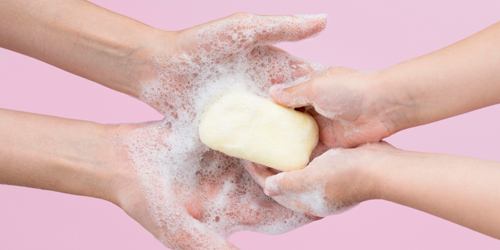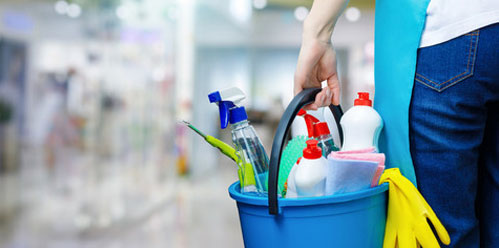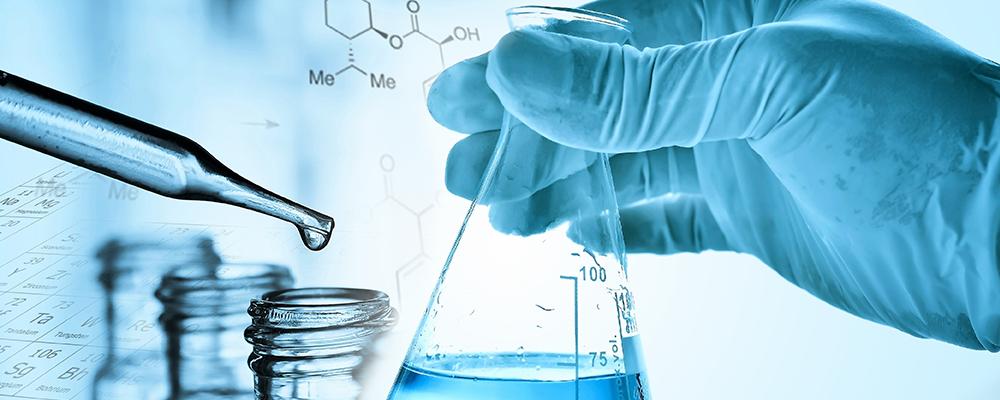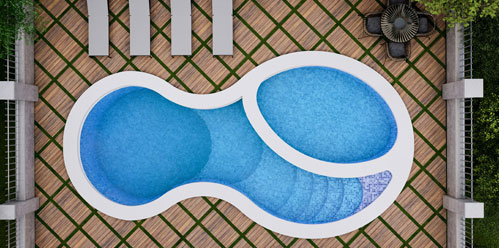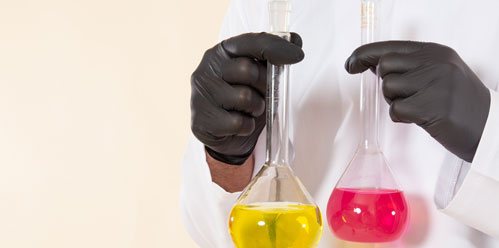6 Types of Chemicals Commonly Used in Cleaning
Germs and bacteria are found in many areas of your home and commercial spaces. They are ready to cling to any surface to contaminate it. Therefore, it is important to maintain a regular and thorough cleaning routine.
What are the general types of chemicals used in cleaning?
- Acids
- Detergents
- Alkalies
- Grease removers
- Abrasives
- Disinfectants
Microbes and bacteria can be found in many areas of your home and commercial spaces. They are ready to cling to any surface to contaminate it. Therefore, it is essential to maintain a regular and thorough cleaning routine.
Businesses strive to acquire the best products to effectively eliminate dirt, microbes, and bacteria. They seek products that contain the most effective chemicals for cleaning.
This article explains the different chemicals used in our regular routines to help you understand how these products work in your cleaning routine. Read on to learn more!
Acids
These are the strongest cleaning chemicals on the market. Acids should always be used with caution, especially when used for cleaning. If not diluted properly by chemical manufacturers, they can be toxic to humans and corrosive to different surfaces.
Acids are used to clean difficult-to-remove particles. These include hard water deposits and discolorations caused by rust stains from iron, bronze, brass, aluminum, and copper.
Even when used for cleaning, users should be careful with acids as strong variants can corrode different types of fabrics and metals. Also, make sure to wear gloves and other protective equipment, as these chemicals can irritate or injure your skin and eyes.
Examples of acids include vinegar, lemon juice, oxalic acid, and hydrochloric acid.
Vinegar and lemon juice are examples of very mild acids found in your kitchen cabinet. They contain only about 5% acid. You can use these kitchen staples to remove hard water deposits on glassware.
Stronger acids on the market include oxalic and hydrochloric acid. Oxalic acid is widely used by many as a rust remover. It is very effective but also toxic. On the other hand, hydrochloric acid is often diluted for use as a toilet bowl cleaner.
Detergents
These are the most commonly used cleaning agents for both residential and commercial use. Detergents can break down different types of dirt, making them easier to clean and wash.
Detergents come in various forms such as powder, liquid, and gel. They are typically made from petroleum products and sulfonic acid. Some manufacturers also add complex soluble phosphates to detergents, transforming them into heavy-duty cleaners.
Alkalies
These are soluble salts used to remove dirt without requiring too much elbow grease. This is possible because when this acid dirt comes into contact with it, it begins to form an emulsion. Here, solid particles are held in suspension, making it easier for you to wipe them away.
However, it is known that this cleaning chemical can darken aluminum surfaces. Therefore, users should be cautious where they use alkalies for cleaning.
The mildest form of alkalies is carbonate. Many housewives use this kitchen product to easily remove dirt found on bathroom and kitchen surfaces. For a stronger chemical, household ammonia is another example. This component is found in most multi-purpose cleaners.
The alkali used for heavy cleaning is sodium carbonate or caustic soda. This is a common ingredient found in oven and drain cleaners.
Grease removers
Grease removers are also known as solvent cleaners. As the name suggests, grease removers are used to remove grease from different surfaces such as your countertops, stovetops, and splash panels.
Since they are used in both residential and commercial kitchens, many industrial cleaning chemical suppliers prefer to use non-toxic grease removers to minimize the risk of chemical contamination.
Abrasives
This cleaning chemical can be in the form of a substance or a chemical depending on how it is used. Abrasives are applied or scrubbed onto surfaces to clean dirt. They are generally used to clean pots and pans in kitchens. Some even use this to clean floors.
Users should be cautious when using this cleaning chemical as it tends to scratch surfaces. It is best to avoid using this when cleaning materials or products made from stainless steel or plastic.
Disinfectants
Finally, disinfectants are another chemical used for cleaning. These reduce bacteria present on various surfaces, including your bathrooms and kitchens. This cleaning chemical neutralizes unpleasant odors by deodorizing surfaces.
Important Point
Having chemicals for cleaning is only the first step in achieving microbe-free and stain-free surfaces. Once you find the best products on the market, make sure to establish a regular cleaning routine. Additionally, it is essential to inform users about the various effects of these chemicals on different surfaces.






